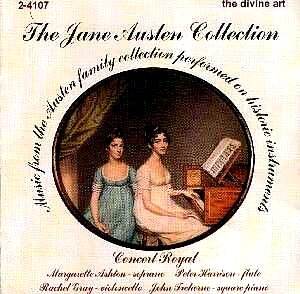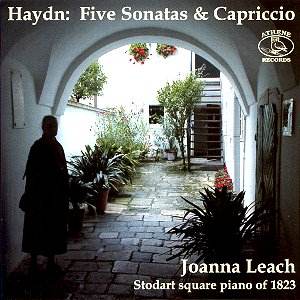 Composer: Antonio Vivaldi (1678-1741)
Composer: Antonio Vivaldi (1678-1741)
Works: The Four Seasons Op 8, Oboe Concerto in A minor RV461, Oboe Concerto in D minor RV454; Tomaso Albinoni (1671-1751) Oboe Concerto in D Op 7 no 4, Oboe Concerto In Bb Op 7 no 3
Performers: Kenneth Sillito (violin), Sidney Sutcliffe (oboe), Virtuosi of England directed by Arthur Davison
Recording: Recorded in Conway Hall, London, November 1972; Barking Town Hall, April 1971
Label: EMI CLASSICS FOR PLEASURE 7243 5 74887 2 3
Vivaldi’s “The Four Seasons” stands as a cornerstone of the Baroque repertoire, a vivid musical portrait of nature’s cycles that marries virtuosic demands with evocative storytelling. Composed in 1723, this set of concertos has captivated audiences with its programmatic elements, offering listeners an aural depiction of the seasonal changes. Accompanying these iconic works are two Oboe Concertos by Vivaldi and two by Albinoni, both of which provide a rich context for understanding the oboe’s role in early 18th-century Italian music.
The performance in this recording, while competent, exhibits a certain reticence that often characterizes interpretations from the mid-20th century. Kenneth Sillito’s execution of the violin solos in “The Four Seasons” demonstrates a clear familiarity with the score, yet the interpretation leans towards a measured, plodding tempo that lacks the urgency and dynamism inherent in Vivaldi’s writing. The vibrancy that one expects—particularly in the exuberant “Spring” and the tempestuous “Summer”—is somewhat muted here. The modern instruments employed do lend a certain warmth to the sound, but they also contribute to an overall lack of the crispness and clarity that period instruments might have provided.
Sidney Sutcliffe’s contributions on the oboe are noteworthy, particularly in Vivaldi’s concertos, where his slightly tight tone is contrasted by the more lyrical and fluid lines that Vivaldi is known for. While the concertos follow the traditional three-movement structure, the slow middle movements, especially in RV461, reveal a depth of emotion that transcends the more formulaic aspects of the outer movements. Sutcliffe’s phrasing, despite its constraints, uncovers the inherent drama of Vivaldi’s writing, illuminating the dialogue between the soloist and the strings.
The engineering of this recording, though approaching its fifth decade, remains respectable. The harpsichord continuo is prominent, providing a solid foundation, yet one cannot escape the feeling that the soundstage lacks the definition and clarity found in more recent recordings, which often utilize advanced techniques to enhance the spatial qualities of the ensemble. The balance between the soloists and orchestral accompaniment is acceptable, but the overall sonic palette feels somewhat homogeneous, lacking the contrasting textures that make Baroque performance so engaging.
Simon Heighes’ new booklet notes offer an informative backdrop, enriching the listener’s experience with historical context and anecdotes from contemporaries of Vivaldi. This scholarly approach enhances the value of the recording, allowing for a deeper appreciation of the nuances within the music. However, for those accustomed to the bracing vitality of more recent interpretations—such as those by Fabio Biondi or Andrea Marcon—this recording may seem a relic of a bygone era, where fidelity to the score often eclipses interpretative flair.
The oboe concertos, particularly those by Vivaldi, emerge as the highlights of this collection, showcasing a greater emotional range and technical sophistication than the more predictable Albinoni concertos. While the Vivaldi concertos can be seen as vibrant dialogues between the soloist and the ensemble, Albinoni’s works, although melodically pleasing, often lack the same level of engagement and complexity.
This recording offers a snapshot of Vivaldi’s genius, but it does so with a certain restraint that may not appeal to all listeners. It serves well as a background companion—pleasant and unobtrusive—but fails to ignite the passion and drama that define Vivaldi’s music. For the devoted enthusiast seeking a vibrant interpretation of “The Four Seasons,” numerous alternatives in the catalog provide a more compelling listen, leaving this recording as a curiosity rather than a definitive version.



